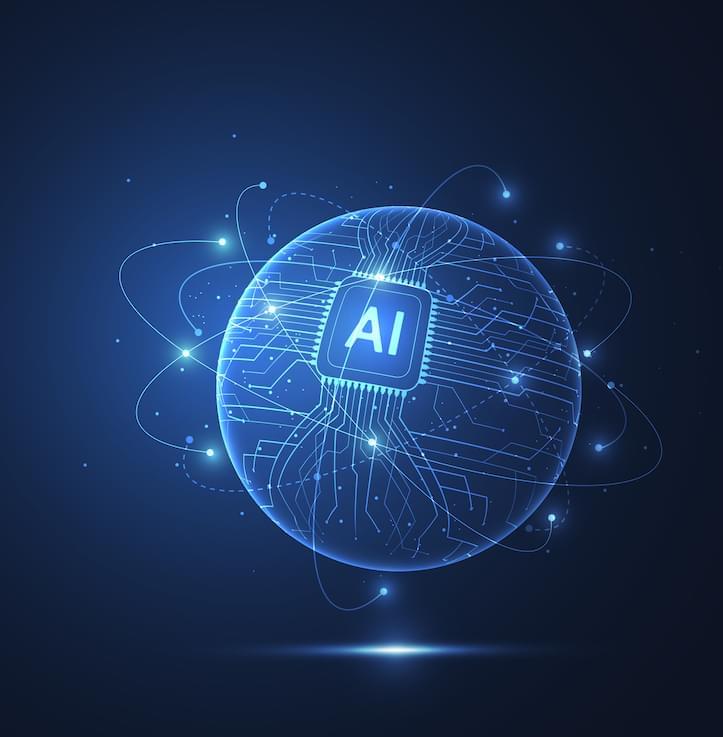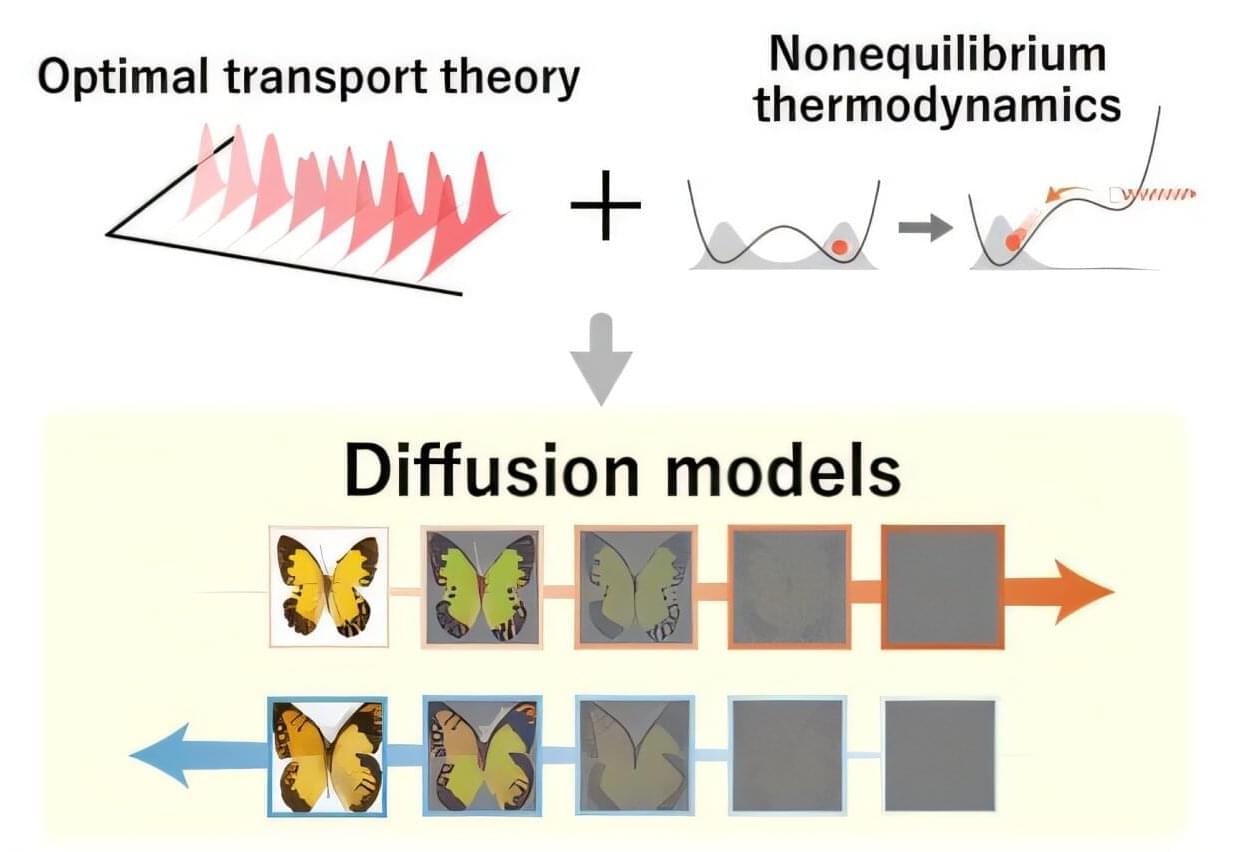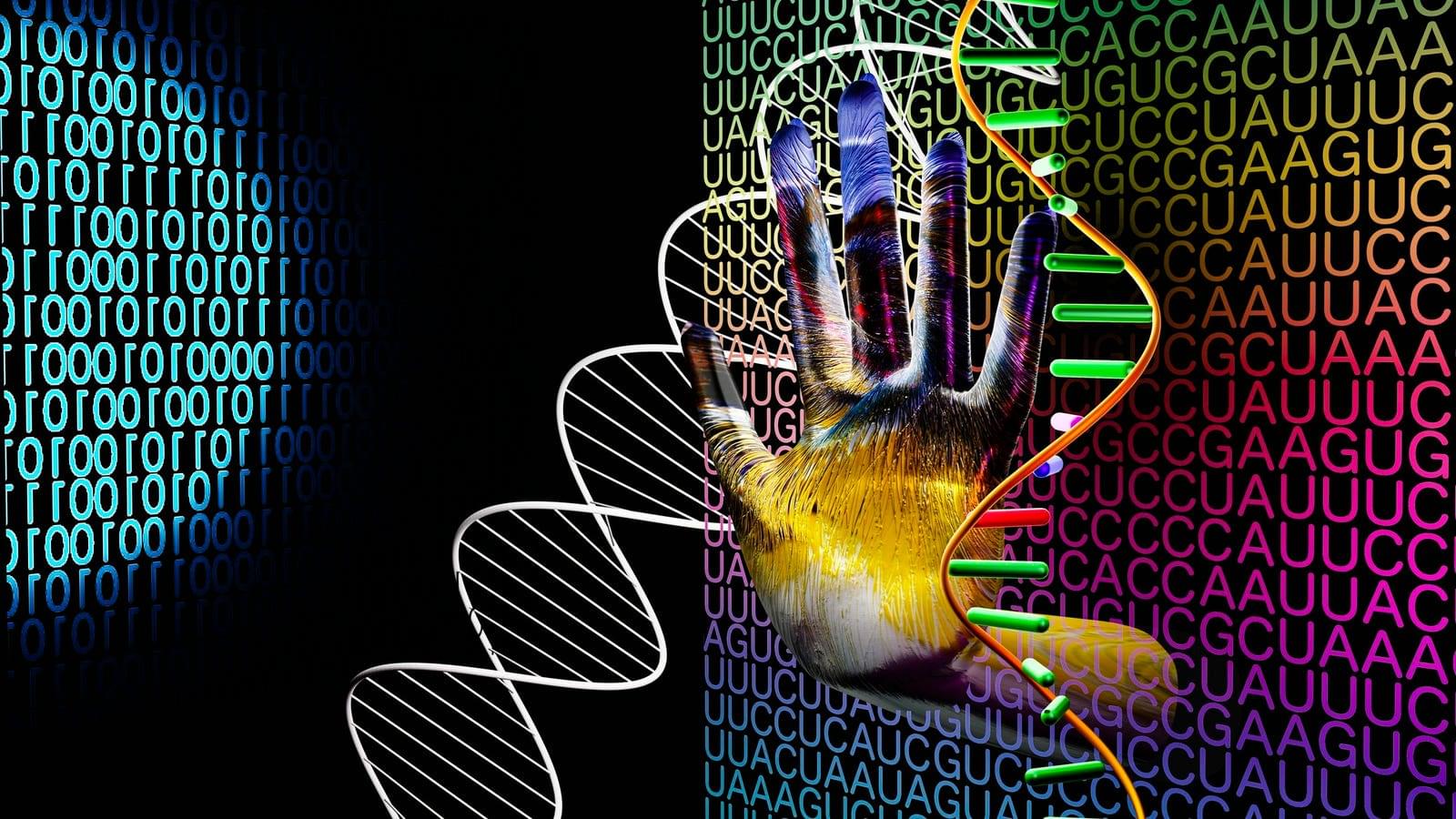Congress and the FDA are pushing pharmaceutical companies to replace animals with technology for drug research. That’s a long way off, but startups and industry stalwarts are working to make it happen.



This week’s Fish Fry is all about AI inference, NPUs and the Tensilica NeuroEdge 130 AI Co-Processor! My guest is Amol Borkar from Cadence Design Systems and we are chatting about the latest trends in AI inferencing, why there is a greater need now for AI co-processors than ever before and the multitude of benefits that the Tensilica NeuroEdge 130 AI Co-Processor can bring to your next design.

Robots excel at many things, but having a good sense of touch is not among them. Whether dropping items or pinching them too tightly, which crushes the object, many robots struggle with these basic skills that humans have mastered.
Over the years, scientists have equipped robots with cameras and other tools that enable the machines to better sense objects. But a simple and cost-effective solution remains elusive.
A new electronic textile (E-textile), under development at the University at Buffalo, aims to address this problem. The technology, described in a study published July 30 in Nature Communications, mimics how nerves in our hands sense pressure and slipping while grasping objects.
Since ChatGPT’s late 2022 launch, everyday people have formed emotional connections to chatbots, describing them as deep friendships and even life partnerships.


Light can behave in very unexpected ways when you squeeze it into small spaces. In a paper in the journal Science, Mark Brongersma, a professor of materials science and engineering at Stanford University, and doctoral candidate Skyler Selvin describe the novel way they have used sound to manipulate light that has been confined to gaps only a few nanometers across—allowing the researchers exquisite control over the color and intensity of light mechanically.
The findings could have broad implications in fields ranging from computer and virtual reality displays to 3D holographic imagery, optical communications, and even new ultrafast, light-based neural networks.
The new device is not the first to manipulate light with sound, but it is smaller and potentially more practical and powerful than conventional methods. From an engineering standpoint, acoustic waves are attractive because they can vibrate very fast, billions of times per second.


Joint research led by Sosuke Ito of the University of Tokyo has shown that nonequilibrium thermodynamics, a branch of physics that deals with constantly changing systems, explains why optimal transport theory, a mathematical framework for the optimal change of distribution to reduce cost, makes generative models optimal. As nonequilibrium thermodynamics has yet to be fully leveraged in designing generative models, the discovery offers a novel thermodynamic approach to machine learning research. The findings were published in the journal Physical Review X.
Image generation has been improving in leaps and bounds over recent years: a video of a celebrity eating a bowl of spaghetti that represented the state of the art a couple of years ago would not even qualify as good today. The algorithms that power image generation are called diffusion models, and they contain randomness called “noise.”
During the training process, noise is introduced to the original data through diffusion dynamics. During the generation process, the model must eliminate the noise to generate new content from the noisy data. This is achieved by considering the time-reversed dynamics, as if playing the video in reverse. One piece of the art and science of building a model that produces high-quality content is specifying when and how much noise is added to the data.

Both groups showed significant reductions in anxiety levels. The control group receiving traditional therapy had a 45% reduction on the Hamilton scale and a 50% reduction on the Beck scale, compared to 30% and 35% reductions in the chatbot group. While the chatbot provided accessible, immediate support, traditional therapy proved more effective due to the emotional depth and adaptability provided by human therapists. The chatbot was particularly beneficial in crisis settings where access to therapists was limited, proving its value in scalability and availability. However, its emotional engagement was notably lower compared to in-person therapy.
The Friend chatbot offers a scalable, cost-effective solution for psychological support, particularly in crisis situations where traditional therapy may not be accessible. Although traditional therapy remains more effective in reducing anxiety, a hybrid model combining AI support with human interaction could optimize mental health care, especially in underserved areas or during emergencies. Further research is needed to improve AI’s emotional responsiveness and adaptability.
Background The increasing demand for psychotherapy and limited access to specialists underscore the potential of artificial intelligence (AI) in mental health care. This study evaluates the effectiveness of the AI-powered Friend chatbot in providing psychological support during crisis situations, compared to traditional psychotherapy. Methods A randomized controlled trial was conducted with 104 women diagnosed with anxiety disorders in active war zones. Participants were randomly assigned to two groups: the experimental group used the Friend chatbot for daily support, while the control group received 60-minute psychotherapy sessions three times a week. Anxiety levels were assessed using the Hamilton Anxiety Rating Scale and Beck Anxiety Inventory. T-tests were used to analyze the results. Results Both groups showed significant reductions in anxiety levels.

#ArtificialIntelligence #CyberSecurity #QuantumComputing
The transformative effects of emerging technologies in this year by artificial intelligence and quantum computing will be hugely impactful; however, their cybersecurity challenges on society will require the need for proactive security adaptation and collaboration to mitigate new threats.